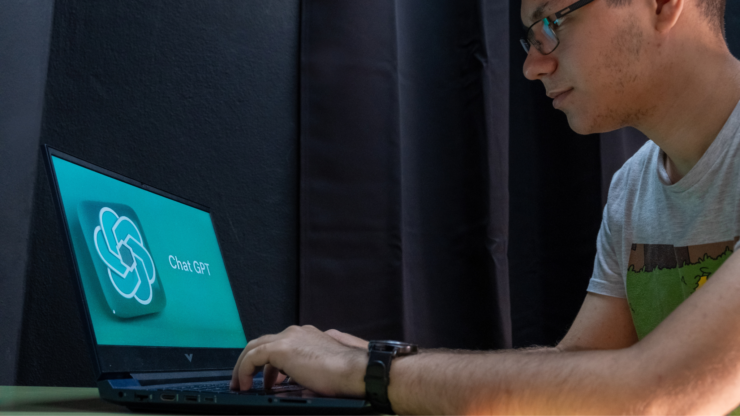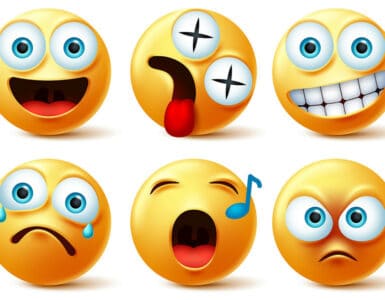ChatGPT, the remarkable AI tool that emulates human conversation, has garnered considerable attention for its ability to assist with various tasks such as writing and coding. However, it’s essential to recognize that while ChatGPT may appear intelligent and confident, it is not infallible.
The introduction of ChatGPT marked the beginning of a new era in AI technology that has the potential to disrupt education. The tool quickly gained popularity, amassing over one million users within a week of its release in November 2022. Competing tech companies have been racing to develop similar tools, including Google’s Bard, Anthropic’s Claude, and DeepMind’s Sparrow.
While some people have been using ChatGPT for entertainment, others have turned to it as a means of cheating on assignments and exams. According to a survey conducted by Stanford University’s student newspaper, 17 percent of students admitted to using ChatGPT for academic purposes, with some even submitting the chatbot’s generated content as their own work. Ultimately, these students are cheating, and doing so largely undetected.
However, educational institutions have been grappling with the challenges posed by ChatGPT and similar tools. Concerns about cheating led to the ban of ChatGPT on devices and networks in New York City public schools, followed by other schools worldwide. The issue extends beyond cheating; there are also concerns about the accuracy and safety of ChatGPT’s responses. Striking the right balance between the potential benefits and risks posed by AI in education remains a complex challenge.
ALSO: Does ChatGPT Make Traditional Schools Outdated?
The strengths and weaknesses of ChatGPT become more apparent when considering its performance. Users are astounded by its realism and human-like conversational abilities. This tool has the potential to create an equitable learning environment by supporting, for example, individuals who struggle with composing sentences or speak a second language.
The AI also has the potential to help students develop critical thinking skills by selectively choosing content from the AI’s output. Some students have found value in collaborating with the tool to help jumpstart their ideas and focus on writing. Students can also use ChatGPT as a coach to enhance their grammar or as an explanation aid for challenging subjects. Educators can leverage ChatGPT to personalize lesson plans and activities based on individual students’ needs and goals.
Perfectly Imperfect
The impressive capabilities of ChatGPT often lead individuals to underestimate its limitations. One of the most worrying aspects of ChatGPT is its tendency to produce incorrect information. For example, advertisements for Bard, a similar chatbot, identified the James Webb Space Telescope as the first to capture the first image of an exoplanet—a claim that is untrue.
In another instance, ChatGPT stated that the peregrine falcon was the fastest marine mammal. ChatGPT’s confidence in providing incorrect information is a significant issue. Furthermore, ChatGPT’s training data is outdated, as it only includes information up until 2021. This can lead to inaccuracies and incomplete knowledge when responding to queries.
Another concerning aspect is the lack of sources provided by ChatGPT. When asked for citations, the tool fabricates sources rather than providing accurate references. This lack of transparency and reliability raises questions about the credibility of the information provided by the AI.
Understanding how ChatGPT works sheds light on its shortcomings. Although it may sound remarkably human-like, it does not possess reasoning abilities, ideas, or thoughts. It operates based on a language model that predicts the next words in a sentence by analyzing large quantities of text data. This approach can lead to errors and misinformation.
ALSO: Will Teachers Be Replaced By AI Chatbots?
OpenAI, the company behind ChatGPT, has incorporated safety rules and reinforcement learning with human feedback to improve the model’s responses and prevent the generation of inappropriate content. However, the challenge lies in determining what biases and whose values are being programmed into the tool and deciding what topics it should or should not address.
OpenAI has not released the specific details of ChatGPT’s development and training process, which limits researchers’ ability to understand and improve the tool. While the company claims to incorporate feedback and “learn from real-world use”, the lack of transparency hinders external contributions to enhancing its capabilities.
Efforts to detect AI-generated text have emerged to address the issue of identifying whether content was composed by ChatGPT or a human. However, many existing tools are trained on older language models and may not be as effective for detecting ChatGPT’s work. New tools like GPTZero and Originality.ai are emerging to fill this gap, providing means to distinguish AI-generated content more accurately.
These conversations push educators to navigate the path toward a future that balances integrity and technological progress.
The Future of Education: Striking a New Balance
As AI tools like ChatGPT become more prominent in education, educators must adapt to preserve the essence of learning. While fears of AI replacing human intelligence linger, there’s a glimmer of hope. Students recognize the unique value of human creativity and critical thinking.
AI tools cannot fully replicate these abilities.
As ChatGPT and similar AI tools continue to advance, society must adapt to a world where computers can generate written content. Just as we adjusted to the presence of search engines like Google, education systems may need to reconsider teaching and evaluation methods. Students will still need to develop writing skills independently, as learning to write enhances critical thinking and the ability to express ideas effectively.
Despite the capabilities of AI tools, it is crucial to remember that human-generated content holds its own value. People will always have a desire to share their unique voices through storytelling, articles, and other written forms. ChatGPT can serve as a valuable tool to support and enhance human expression if used responsibly and with caution.








Add comment